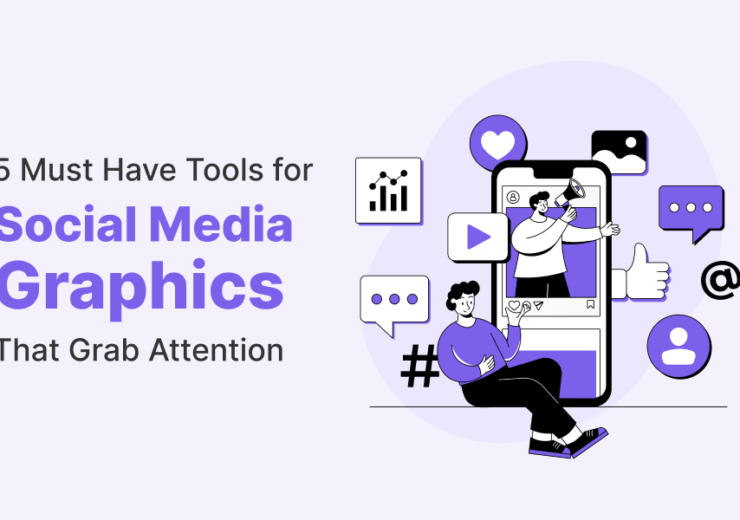How to Split Test Your Social Media Ads for Maximum ROI
Table of Contents
- Introduction
- Why Split Testing Matters
- Selecting Your Focus Keyword and Internal Links
- Choosing the Right Platforms and Objectives
- Crafting Your Ad Variations
- Setting Up Your Split Tests
- Analyzing Results and Optimizing ROI
- Conclusion
- Frequently Asked Questions
1. Introduction
In today’s digital landscape, paid social media campaigns are a cornerstone of any marketing strategy. But how do you ensure those ad dollars translate into real return on investment? Split testing, also known as A/B testing, allows you to compare different versions of your ads to identify what resonates most with your audience. In this guide, we’ll walk through each step from planning to execution to analysis with relevant internal links to insights on https://kanthadigital.com/, helping you enhance performance and boost ROI.
Focus Keyword: Social Media Ad Split Testing KanthaDigital (reflecting the brand emphasis)
2. Why Split Testing Matters
Every marketer aims to maximise ROI. Split testing lets you validate assumptions about imagery, headlines, call to action, or targeting. By comparing variants directly, you isolate what drives engagement or conversions, reducing wasted spend and improving outcomes. Learning from your split tests ensures that future campaigns spend smarter and perform stronger.
3. Selecting Your Focus Keyword and Internal Links
Before you begin, align your campaign with a clear focus keyword strategy. For example, if kanthadigital.com features a page about “Social Media Advertising Services,” that becomes an ideal internal link anchor. This reinforces topical relevance and boosts on-site SEO. Example sentence: “Explore our detailed social media advertising services page on kanthadigital.com to deepen your strategy.”
4. Choosing the Right Platforms and Objectives
Different platforms cater to distinct audiences and goals. Are you aiming for brand awareness on Instagram, lead generation on LinkedIn, or conversions on Facebook? Define your objectives first: awareness, engagement, click-through, form submits, purchases and choose platforms accordingly. For each platform, integrate internal links where relevant:
- Example: “Check our Facebook Ads Management guide on kanthadigital.com to tailor ad formats and targeting.”
5. Crafting Your Ad Variations
In this phase, you prepare your test variations:
- Visuals: Try image versus short video, bright background versus minimalistic design.
- Copy: Test long-form versus punchy headlines; keyword-rich messaging (e.g., “best return on ad spend”).
- Call-to-Action (CTA): Compare “Learn More” vs “Sign Up Now” vs “Get Your Free Audit.”
- Targeting: Adjust demographics, interests, and lookalike audiences.
Ensure each variation differs by only one element; this isolates causality. Keep brand voice and tone consistent, subtly weaving in your focus keyword and linking to kanthadigital.com blog posts or services, such as “visit our blog about ad targeting strategies on kanthadigital.com”.
6. H4 Setting Up Your Split Tests
Follow these steps:
- Define Variables: Label A and B (or more variants) clearly.
- Allocate Budget Evenly: Ensure statistical validity.
- Run Simultaneously: Avoid time-based biases.
- Set Testing Duration: Minimum 3 to 7 days or reach a sample size threshold.
- Use Platform Tools: Facebook’s “Experiments,” Google Ads’ “Drafts & Experiments,” or third-party platforms.
- Document Everything: Use spreadsheets or dashboards with variant details, URLs (e.g., link to kanthadigital.com case studies).
7. H5 Analyzing Results and Optimizing ROI
Once your test concludes, evaluate based on your primary metric CPC, CTR, conversion rate, cost per conversion, and ROI. Do the math accurately: ROI = (Revenue − Ad Spend) ÷ Ad Spend. Identify the winning variant, then roll it out widely.
Use insights to inform future tests:
- If “Free Audit” CTA outperforms “Learn More,” keep it.
- If video drives more conversions, incorporate more video content.
- Update creative briefs and ad templates accordingly.
Also, create internal links: “Read our analysis of ad performance KPIs on kanthadigital.com to better interpret results.”
8. Conclusion
Split testing is essential for maximising ROI in social media advertising. By systematically testing visuals, copy, CTAs, and targeting combined with clear objectives and measurement, you can confidently scale winning ad versions. Internal links to Kanthadigital.com content, such as service pages, performance blogs, and case studies, can reinforce credibility and improve SEO. Track, test, optimise, and you’ll unlock sustainably better campaign results.
9. Frequently Asked Questions
Q1: What is the ideal sample size for ad split testing?
A1: It depends on audience size and campaign goals, but typically you aim for at least a few hundred conversions, or statistically significant confidence (like 95%) in results.
Q2: How many variants should I test at once?
A2: Start with two (A vs B) to get clear results. Multi-variant testing is possible but requires higher budgets and complex analysis.
Q3: How long should a test run?
A3: Let tests run for a statistically meaningful duration, minimum 3-7 days, depending on traffic and conversions.
Q4: Should I optimise mid-test?
A4: No intervening mid-test can invalidate results. Wait until the test concludes before optimising.
Q5: Can I reuse winning elements in other platforms?
A5: Absolutely. Insights such as top-performing visuals or messaging can be ported across channels for unified optimisation.

